Newbie pond questions
ernie85017, zn 9, phx
11 years ago
Related Stories

GREEN BUILDINGConsidering Concrete Floors? 3 Green-Minded Questions to Ask
Learn what’s in your concrete and about sustainability to make a healthy choice for your home and the earth
Full Story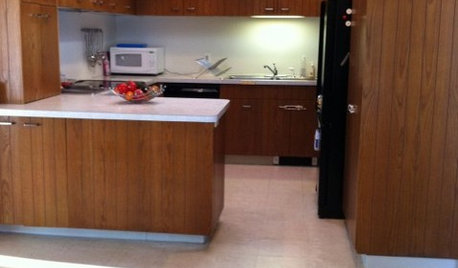

GARDENING AND LANDSCAPINGHow to Make a Pond
You can make an outdoor fish paradise of your own, for less than you might think. But you'll need this expert design wisdom
Full Story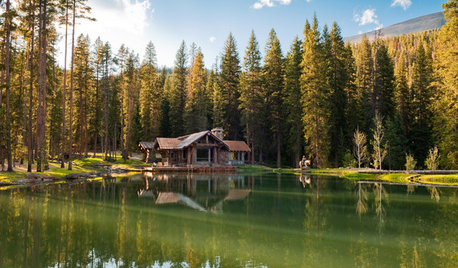
HOUZZ TOURSHouzz Tour: Rustic Cabin With Dive-In Pond
Set on 22 acres and with as many modern comforts as rugged trails, this Montana home is an outdoor lover's paradise
Full Story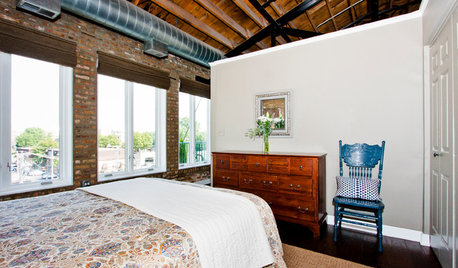
SMALL HOMESHouzz Tour: An Illinois Loft Sparks Renovation Fever
Home improvement newbies (and newlyweds) find joy and a new income source while redoing their space themselves
Full Story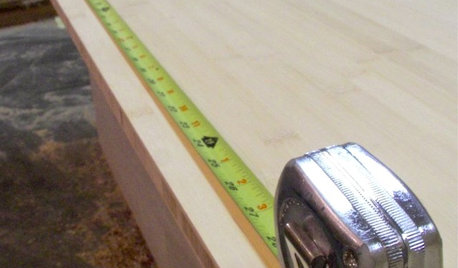
WOODWORKING7 Must-Have Measuring Tools for Woodworking
Whether you're a newbie DIYer or building cabinets from scratch, using the right woodshop tools makes all the difference
Full Story
LANDSCAPE DESIGNKoi Find Friendly Shores in Any Garden Style
A pond full of colorful koi can be a delightful addition to just about any landscape or garden
Full Story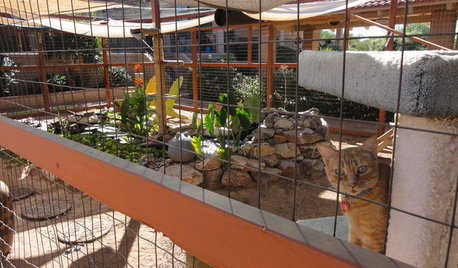
PETSSee a Deluxe 'Catio' Built for Feline Fun
Sixteen lucky cats get the run of a protected outdoor patio with ramps, steps and even a koi pond
Full Story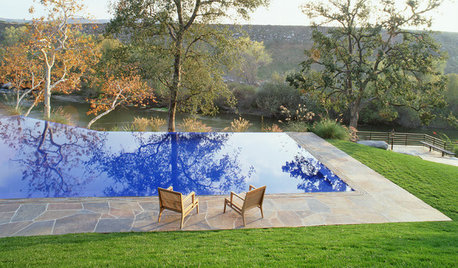
GARDENING AND LANDSCAPINGReflecting Pools as Liquid Assets
Mirroring the sky and the earth, reflecting pools and ponds heighten the sensory experience of nature in your landscape
Full Story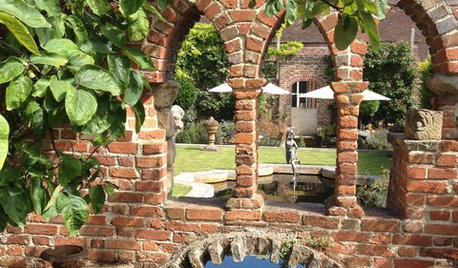
LANDSCAPE DESIGNExplore a Magical Restored English Garden
History comes alive in the gardens of a Rochester townhouse, filled with sculptural yew, a topiary parterre and an archway-draped pond
Full Story






waterbug_guy
ernie85017, zn 9, phxOriginal Author
Related Professionals
Benbrook Landscape Architects & Landscape Designers · Ilchester Landscape Architects & Landscape Designers · Bethlehem Landscape Contractors · Middletown Landscape Contractors · Coram Landscape Contractors · Fridley Landscape Contractors · Hannibal Landscape Contractors · Kaneohe Landscape Contractors · Longview Landscape Contractors · Metairie Landscape Contractors · Oklahoma City Landscape Contractors · Rockland Landscape Contractors · West Orange Landscape Contractors · Whittier Landscape Contractors · Lauderdale Lakes Landscape Contractorsbuyorsell888
waterbug_guy
ernie85017, zn 9, phxOriginal Author
NaturesFolly
ernie85017, zn 9, phxOriginal Author
NaturesFolly
ernie85017, zn 9, phxOriginal Author
NaturesFolly